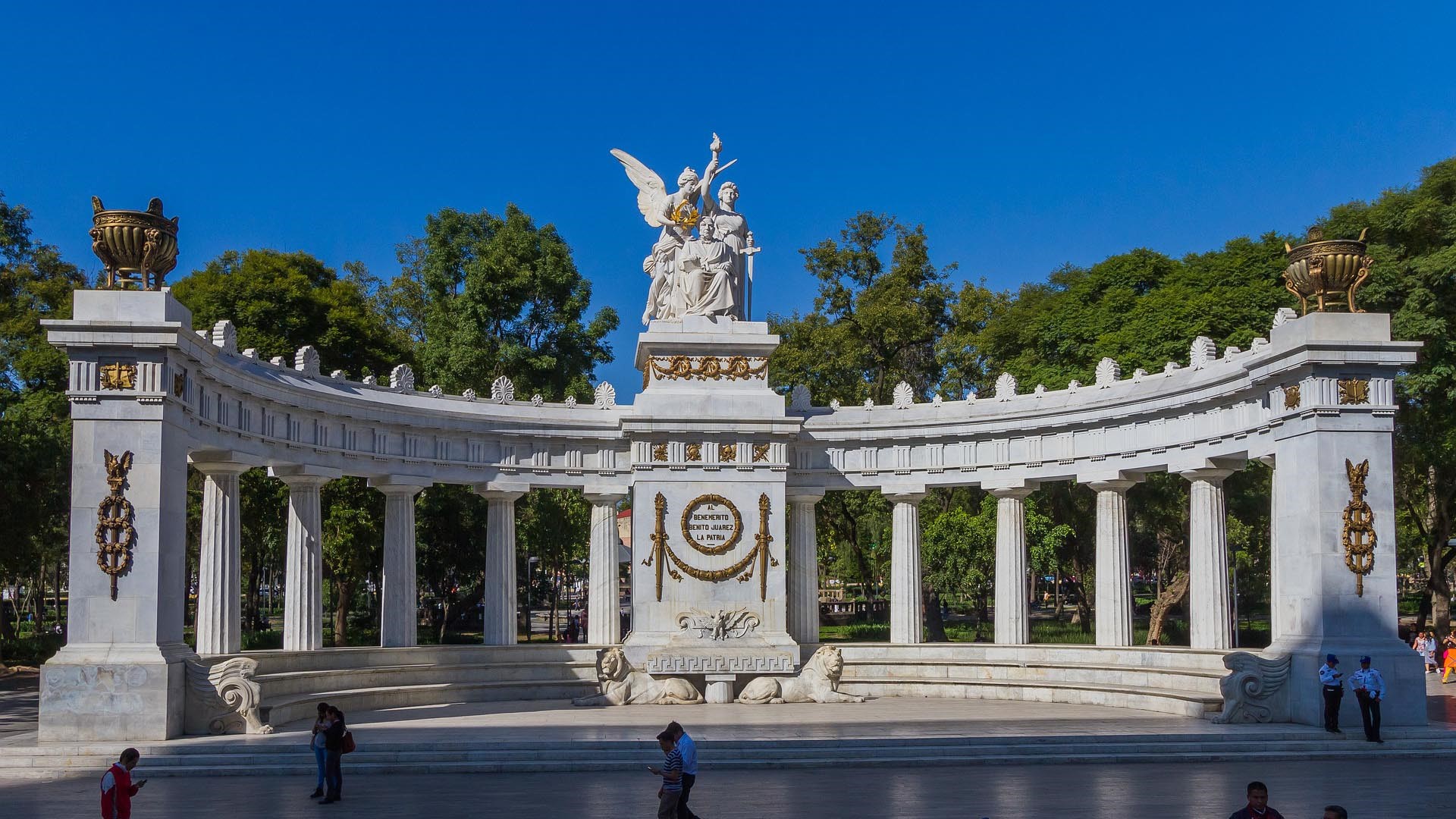
Official name: UNITED MEXICAN STATES
Date of membership: 14 January 1976
Short name: México
Capital: Mexico City
Geography
Location: Middle America, bordering the Caribbean Sea and the Gulf of Mexico, between Belize and the US and bordering the North Pacific Ocean, between Guatemala and the US.
Area: 1.964.375 km2
Land boundaries: 4,353 km
Border countries: Belize, 250 km; Guatemala, 962 km; EE.UU 3.141 km
Coastline: 9,330 km
Natural resources: Petroleum, silver, copper, gold, lead, zinc, natural gas, timber.
Environment – international agreements: Party to: Biodiversity, Climate Change, Climate Change-Kyoto Protocol, Desertification, Endangered Species, Hazardous Wastes, Law of the Sea, Marine Dumping, Marine Life Conservation, Ozone Layer Protection, Ship Pollution, Wetlands, Whaling signed, but not ratified: none of the selected agreements.
Economic indicators
| Total at current prices | 1 087 117 | Millions USD | 2020 |
| Per capita at current prices | 8 432 | USD | 2020 |
| Growth rate per capita at constant prices | -9.1 | % | 2020 |
| Imports of goods and services (GDP in current prices) | 37.6 | % | 2020 |
| Exports of goods and services (GDP in current prices) | 39.7 | % | 2020 |
Source: ECLAC. Mexico: Economic National Profile. CEPALSTAT. Databases and Statistical Publications. Inquiry: February 23, 2022
Socio-demographic indicators
| Total population | 128 932.8 | (000) | 2020 |
| Life expectancy | 75 | Años | 2020-2025 |
| Women | 78 | Años | 2020-2025 |
| Men | 73 | Años | 2020-2025 |
| Public health expenditure as a percentage of GDP | 5.4 | % | 2018 |
| Literacy rate for persons between the ages of 15 to 24 | 99.1 | % | 2020 |
| Net rate of enrolment in primary education | 95.5 | % | 2016 |
| Net rate of enrolment in secondary education | 77.2 | % | 2016 |
| Public expenditure on education as a percentage of GDP | 4.3 | % | 2018 |
| Gini Coefficient | 0.50 | ND | 2016 |
| Unemployment | 4.4 | % | 2020 |
| Migración | -0.4 | % | 2020-2025 |
Source: Mexico: National Socio-Demographic Profile. CEPALSTAT. Data Bases and Statistical Publications. ECLAC.
Inquiry: February 23, 2022
Languages: Spanish (official), Mayan, Nahuatl and other regional indigenous languages.
Government
Administrative divisions: 31 states (estados, singular – estado) and 1 federal district (distrito federal): Aguascalientes, Baja California, Baja California Sur, Campeche, Chiapas, Chihuahua, Coahuila de Zaragoza, Colima, Distrito Federal*, Durango, Guanajuato, Guerrero, Hidalgo, Jalisco, México, Michoacan de Ocampo, Morelos, Nayarit, Nuevo León, Oaxaca, Puebla, Queretaro de Arteaga, Quintana Roo, San Luis Potosi, Sinaloa, Sonora, Tabasco, Tamaulipas, Tlaxcala, Veracruz-Llave, Yucatan, Zacatecas
Independence: 16 September 1810 (from Spain)
Constitution: 5 February 1917
Suffrage: 18 years of age; universal and compulsory (but not enforced)
Executive branch: Chief of state: President Andrés Manuel López Obrador (since 1 December 2018);
Note. The president is both the chief of state and head of government
Legislative branch: Bicameral National Congress or Congreso de la Unión consists of the Senate or Camara de Senadores (128 seats; 96 are elected by popular vote to serve six-year terms, and 32 are allocated on the basis of each party’s popular vote) and the Federal Chamber of Deputies or Camara Federal de Diputados (500 seats; 300 members are directly elected by popular vote to serve three-year terms; remaining 200 members are allocated on the basis of each party’s popular vote, also for three-year terms).
Judicial branch: Supreme Court of Justice or Suprema Corte de Justicia Nacional (justices or minister are appointed by the president with consent of the Senate).
Internet country code: .mx
Official Portal Web: http://www.presidencia.gob.mx
